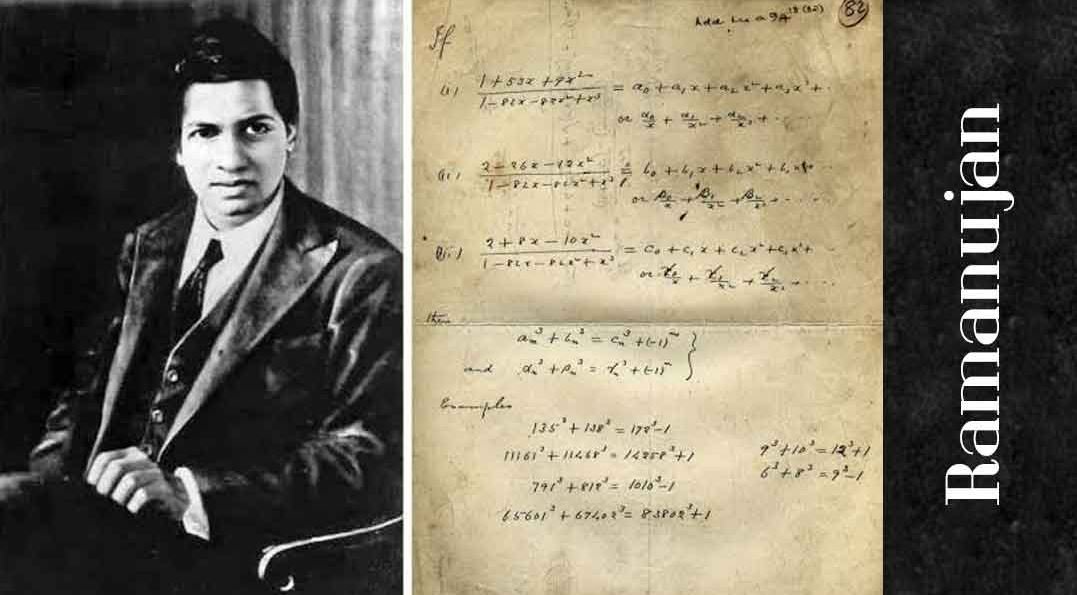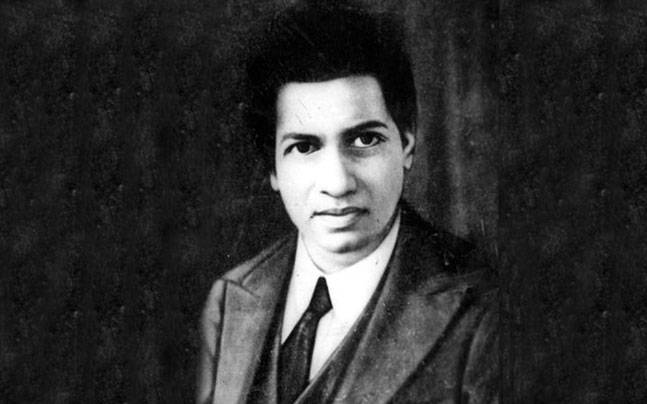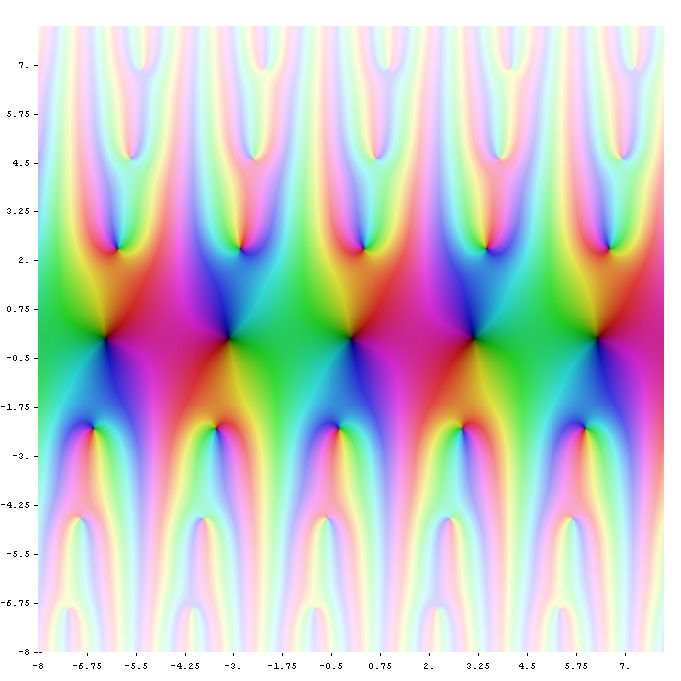The World Spent A Century Solving The Math Problems Ramanujan Left On His Death Bed
Dhir Acharya - Jan 02, 2020

The brilliant mathematician Srinivasa Ramanujan, while on his death bed, wrote down functions and a hunch of how they behaved.
- A Math Formula Tells Us How Long Everything Will Live
- 15 Examples Of Maths Patterns In Nature That Will Stun You (Part 1)
- Indian Kid Broke 4 World Records In Maths After Surviving Severe Head Injury
The brilliant mathematician Srinivasa Ramanujan, while on his death bed, wrote down several functions and a hunch of how they behaved. He said that the functions came to him in his dreams. In 2012, almost a century after his death, researchers could finally prove Ramanujan’s functions were right.
At the time, Ken Ono, a mathematician from Emory University said that they had solved the problems from the last, mysterious letters left by Ramanujan, which were open for 90 years then.

Ramanujan, born in a village situated in the South of India, was a self-taught mathematician. He spent too much time thinking about Maths and got expelled from college twice in India, according to Ono.
However, he sent letters about his work to mathematicians, and G. H. Hardy, a world-leading mathematician, recognized his talent. Hardy invited Ramanujan to Cambridge University to study. During his time there, the Indian genius published over 30 papers and got inducted into the Royal Society.
Ono said that within for five years, Ramanujan lit the math world on fire. However, his health was destroyed by the cold weather and he returned to India.
In 1920, as the brilliant mathematician was on his death bed, Ramanujan sent a letter to Hardy, in which he described mysterious functions mimicking theta functions or modular forms. Theta functions, like trigonometric ones, display a repeating pattern, but it’s far more subtle and complex than a sine curve. Additionally, theta functions are super-symmetric, which means if a Moebius transformation is applied to theta functions, they turn into themselves. Due to their symmetric features, theta functions are used in various types of physics and mathematics, such as string theory.

The Indian mathematician believed that his 17 newly discovered functions were mock modular forms, looking like theta functions when they were written out as an infinite sum. But he didn’t think they were symmetric. He also believed that the goddess Namagiri revealed the functions to him in his dreams.
The Indian mathematician passed away before proving his hunch. However, almost a century later, Ono and his colleagues succeeded in proving these functions mimicking modular forms while not being super-symmetric.
Physicists rely on the expansion of mock modular forms to compute the lack of order in a black hole.
Ramanujan’s development of mock modular forms was tens of years of his time; it was not until 2002 that mathematicians figure out the math branch those equations belonged to. Ono stated that the legacy of the Indian mathematician turns out to be far more important than what anyone could expect.
Mathematics has existed on Earth since ancient times, playing a vital role in our lives and development across various areas, we have even. Due to this, Math has become a fundamental subject from primary throughout high school. When talking about Maths, the first thing we may think of is simple things like addition and subtraction, but there are so many math puzzles that twist our brains. Meanwhile, Maths is a difficult subject for some children, which had led to the creations of Math games with the aim of helping them absorb knowledge better. But Math is not only important and fundamental, but it's also interesting and can be fun too, with Math tricks you can use to fool your friends.
>>> Top 10 Famous Indian Mathematicians In The World
>>> Indian Mathematician Srinivasa Ramanujan And His Famous Quotes
Featured Stories

Features - Jul 01, 2025
What Are The Fastest Passenger Vehicles Ever Created?

Features - Jun 25, 2025
Japan Hydrogen Breakthrough: Scientists Crack the Clean Energy Code with...

ICT News - Jun 25, 2025
AI Intimidation Tactics: CEOs Turn Flawed Technology Into Employee Fear Machine

Review - Jun 25, 2025
Windows 11 Problems: Is Microsoft's "Best" OS Actually Getting Worse?

Features - Jun 22, 2025
Telegram Founder Pavel Durov Plans to Split $14 Billion Fortune Among 106 Children

ICT News - Jun 22, 2025
Neuralink Telepathy Chip Enables Quadriplegic Rob Greiner to Control Games with...

Features - Jun 21, 2025
This Over $100 Bottle Has Nothing But Fresh Air Inside

Features - Jun 18, 2025
Best Mobile VPN Apps for Gaming 2025: Complete Guide

Features - Jun 18, 2025
A Math Formula Tells Us How Long Everything Will Live

Features - Jun 16, 2025
Comments
Sort by Newest | Popular